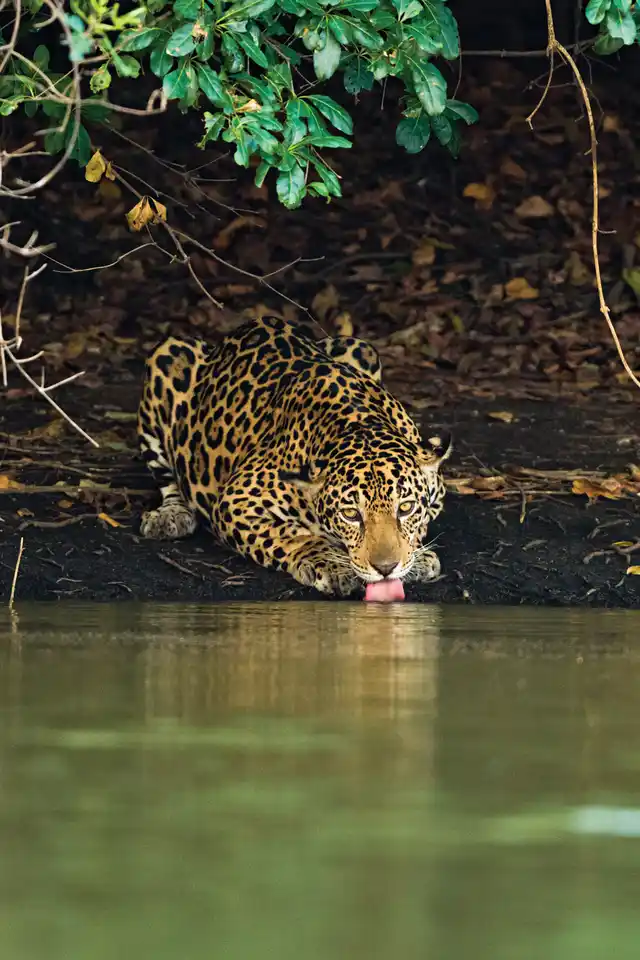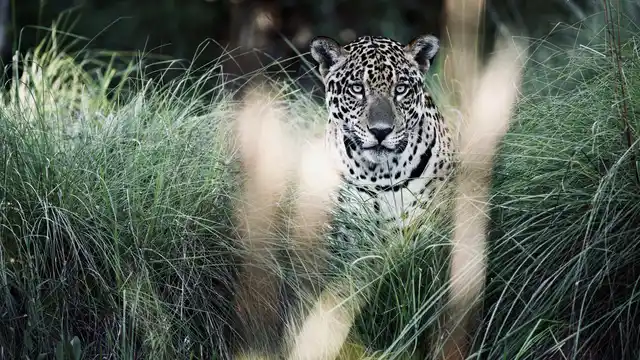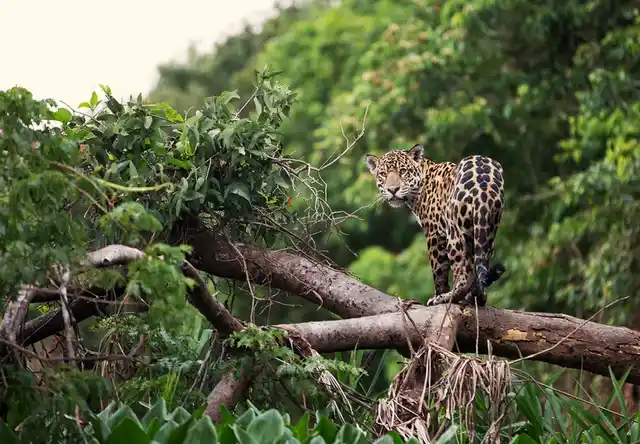Jaguars once roamed from the southwestern USA down to Argentina, but today their range is fragmented, with strongholds in Central and South America. They are most commonly found in the Amazon rainforest and the vast Pantanal wetlands of Brazil, but populations also survive in Belize, Costa Rica, and parts of Colombia and Peru. Jaguars thrive in habitats with dense cover, abundant prey, and access to water, from tropical rainforests to flooded wetlands and river systems.
The Pantanal, the world’s largest tropical wetland, is now considered the best place to see wild jaguars. Here, the cats patrol riverbanks in broad daylight, offering unrivalled viewing and photographic opportunities. Smaller but rewarding chances also exist in protected areas of Belize and Costa Rica, though sightings are rarer.
Only a few years ago jaguars were incredibly hard to see in the wild, however with conservation efforts prevailing and more time spent on the river systems, jaguar sightings have become more and more frequent with the majority of our clients enjoying up close and personal jaguar sightings.
Conservation efforts are helping to focus efforts on one of the largest remaining big vats to walk the earth, with Oncafari leading the charge and projects such as the Jaguars River Initiative combining a variety of jaguar habitats that are under threat.









